From Dracula ants to carnivorous toilets, scientists share their favorite evolutionary adaptations.
“A hen is only an egg’s way for making another egg.”
–Samuel Butler
Evolutionary adaptations are a bit like superpowers dreamed up by a comic book writer. Some of them are truly mind-blowing. I asked seven scientists to share their favorite evolutionary adaptations, to delight in what evolution has wrought so far… and to inspire the imagination with ideas of what could be in the future.
I was inspired to put this piece together after seeing a tweet from my friend David. So let’s kick things off with his favorite evolutionary adaptation:

DAVID LOWRY
Associate professor of plant biology, Michigan State University
The secret weapon of a wasp is a virus in its genome
Many wasps lay their eggs on hapless caterpillars, and the larvae of these wasps feed on the insides of the caterpillars until they burst free of their host, like in the movie Alien. These poor caterpillars try to rid themselves of the wasp larvae with a robust immune response, which might work except that the wasps have a secret weapon. That weapon is an ancient virus that is actually part of the wasp genome. The virus is assembled by the wasp and released into the caterpillar along with the wasp eggs. The virus suppresses the caterpillar’s immune system, allowing both the wasp and its integrated virus to advance to the next generation. Learn more

CORRIE MOREAU
Professor of entomology and curator at Cornell University
Dracula ants drink the blood of their young
Adult queen ants have such a narrow waist that they cannot eat solid food, but the growing larvae do not have this problem. So after feeding a juicy cricket or caterpillar to their young larvae, most queen ants can tap on the larvae with their antennae to signal for them to regurgitate some of this now liquid protein food back to the adult. But Dracula ant larvae do not regurgitate to the queen. To get access to some of the protein, the queen bites a hole in the larval skin and licks up the exuding haemolymph, or blood. This is considered non-destructive cannibalism since it does not seem to harm the growing larvae and they will continue to grow, although are often heavily scarred. Learn more
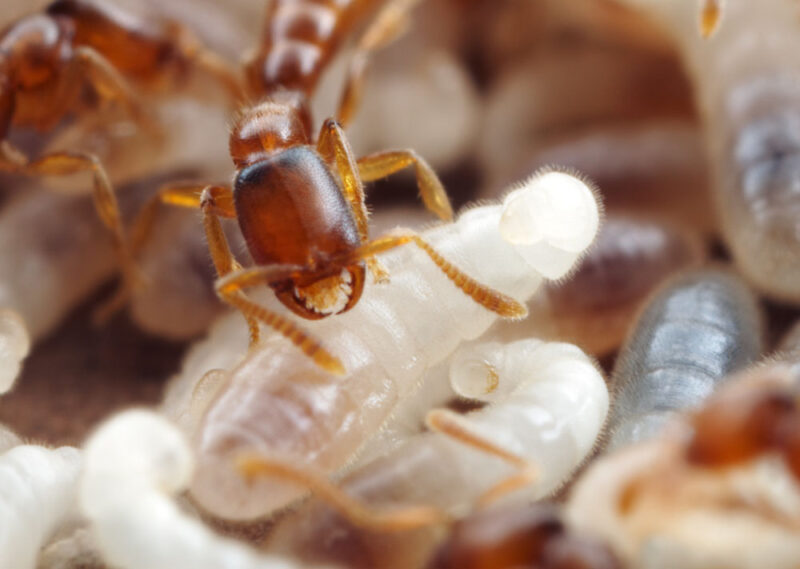
The super long tongue of ant-eating pangolins attaches to their pelvis
Imagine if all you ate were ants and termites. How would you be able to get enough to eat? First you would need claws strong enough to dig into their massive mounds. But even then many of the ants and termites would flee down their tunnels quickly. If you are a pangolin, you can use your very long tongue to catch these fleeing prey. But to have a long enough tongue, it cannot be attached to your mouth as that would not permit you to stick it out very far. To get around this limitation, the pangolin’s tongue is attached to its pelvis. Learn more
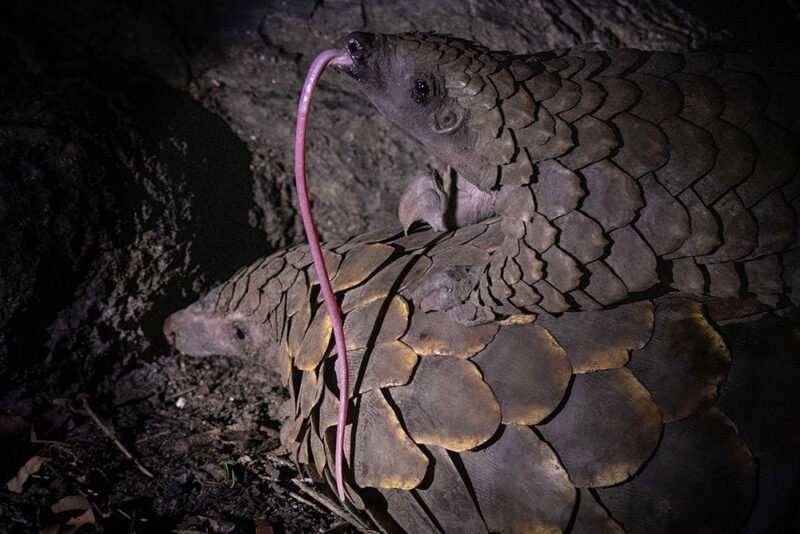

ROMAN LINK
Plant ecophysiology postdoctoral researcher at the University of Würzburg in Germany
Nepenthes lowii: a carnivorous toilet
Nepenthes lowii, also known as a pitcher plant and found in the cloud forests of Borneo, doesn’t just look like a toilet—it actually is one. It has strayed from its carnivorous roots and evolved into a fully functional tree shrew toilet, water included. Under its large, recurved lid, it produces copious amounts of a delicious, sticky nectar to attract the mountain tree shrew Tupaia montana, which returns the favor in the form of nitrogen-rich shrew poop. The co-evolution of the two species is assumed to have originated from the complex olfactory communication of tree shrews, which use feces, urine, and gland secretions to mark worthwhile food resources in their territory. Learn more
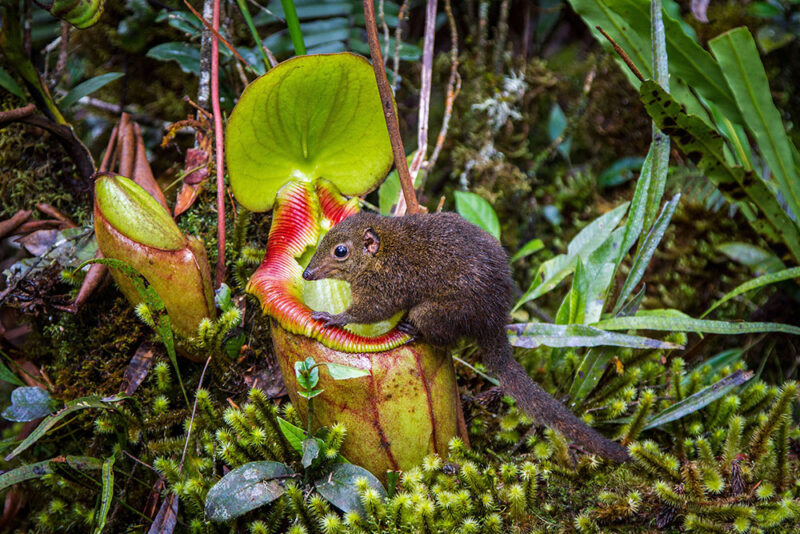
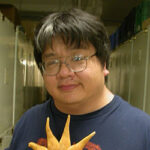
CHRISTOPHER MAH
Marine biologist and research associate at the Smithsonian Museum of Natural History
“Velcro of death” on deep-sea stars
These are a unique type of deep-sea sea stars with between 6–19 arms. Each arm possesses numerous sharp spines laid out in an evenly spread array which allows water to pass through them. Each spine is covered by a “sock” embedded with tiny bear-trap-like structures called pedicellariae. When used en masse, they function as a kind of “deadly velcro” to capture small crustaceans as they are brought to the spine arrays on water currents and “caught” as they pass by, snared by the surface’s micro claws. Learn more
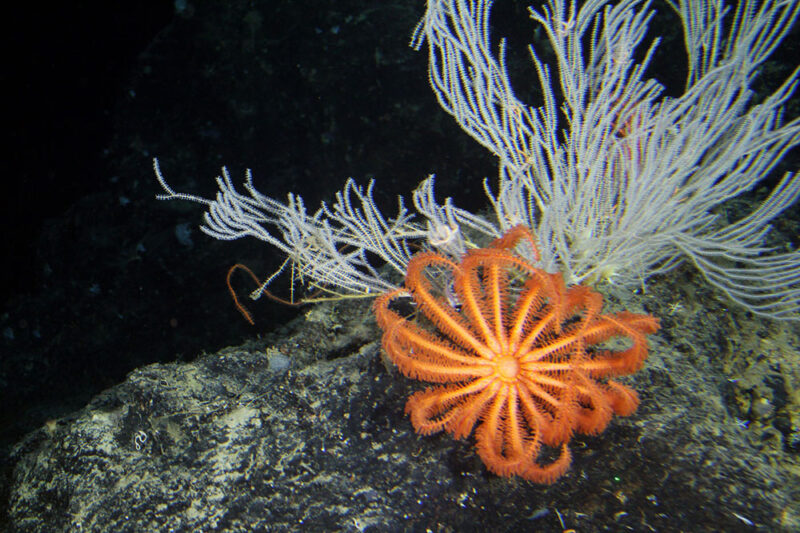
What are those holes in sand dollars for?
In tropical sand dollars, such as Encope or Mellita, many have observed the holes or notches present around the middle or edge of the skeleton (called a test). What are they for? The holes serve to interrupt or reduce lift generated by the pressure created by water currents and are a mechanism that prevents the sand dollar from being “blown away.” Learn more

C. BRANDON OGBUNU
Assistant professor of ecology at Yale University
Bacterial stress response
The life experience of bacteria can be unpredictable and chaotic. Because of the wide number of environments in which they can find themselves, bacteria have to adjust very quickly, so that they can metabolize nutrients, resist pathogens, replicate, and perform other functions as necessary. Bacteria like Escherichia coli have evolved machinery that allow them to monitor various aspects of their environment and translate that information into cellular signals that lead to the regulation of certain genes that facilitate their survival. I find it fascinating because it operates like a well-engineered mechanical or computerized system with detectors—to monitor the state of the world—and sets of switches and knobs that can very rapidly tune the expression and function of genes to ensure that the whole organism can survive. This adaptation is one of the key reasons that bacteria are, by many measures, some of the most successful organisms on Earth. Learn more

KAYLA KING
Professor of evolutionary ecology at the University of Oxford
Ant zombification
Parasites can manipulate host behavior in ways that enhance their transmission. In one example, a parasitic worm in ants migrates to the brain. Infected ants then cannot help but cling to the tops of nearby flowers with their jaws and wait to be eaten by cattle, the next hosts. Without such manipulation, the leap from ant to cow would otherwise be a challenge! Learn more

MICHAEL GARFIELD
Host of the Santa Fe Institute’s podcast, “Complexity”
The matamata throat: a turtle-mounted vacuum cleaner
In human beings, the hyoid bone in our throat scaffolds the muscles of speech. But the hyoid of matamatas, the largest freshwater turtles of South America, turns their necks into bellows that expand explosively, drawing in all the water nearby (and the fish in it). The “suction ambush” feeding strategy is so effective that this is the only turtle species in the world without a beak—it doesn’t need one anymore. Learn more | Video
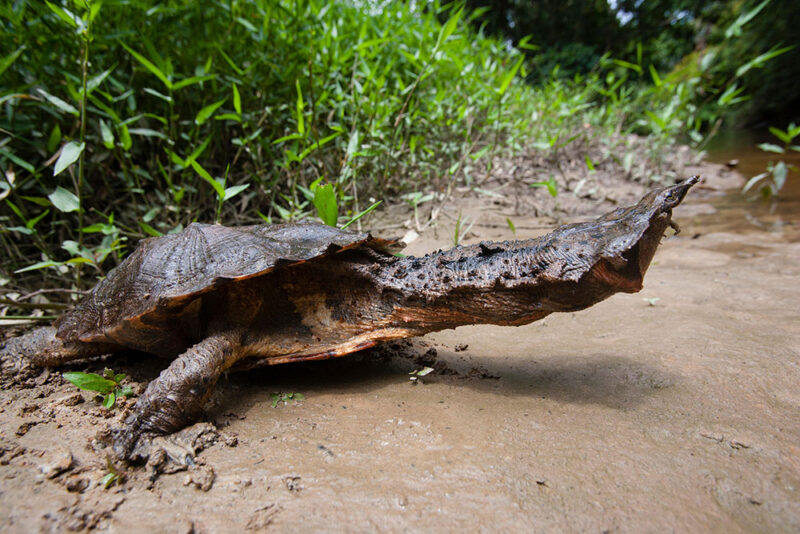
There’s a lot to love in the matamata approach, and those turtles are a good reminder that there are many creative ways to get something done. Looking just at different species of sea turtles, you will find many solutions to the single problem of “dinner”: hide in the seaweed and attack your prey by surprise, harvest some sponges, go a step further and become a vegan turtle, or do like the matamata and simply suck it all in.
So when you feel stuck in a rut, explore the world of evolutionary adaptations. It could help you gain a fresh perspective and dissolve deeply held beliefs. After all, the mountain tree shrew shows us that maybe you can shit where you eat. (Though in general, that’s still probably not a very good idea.)








